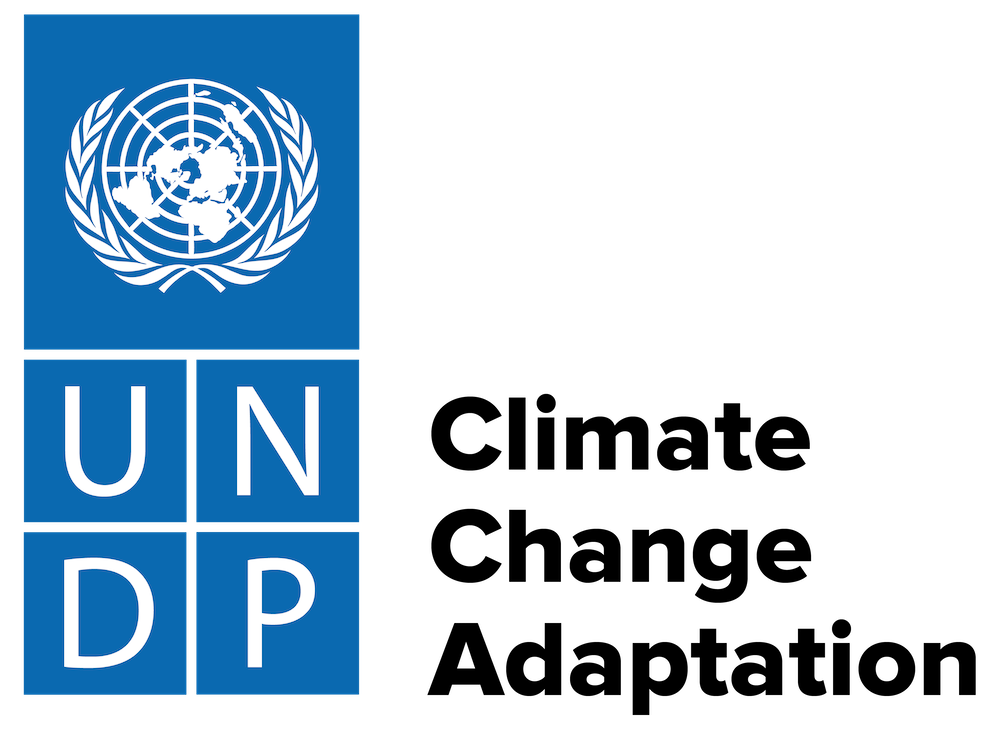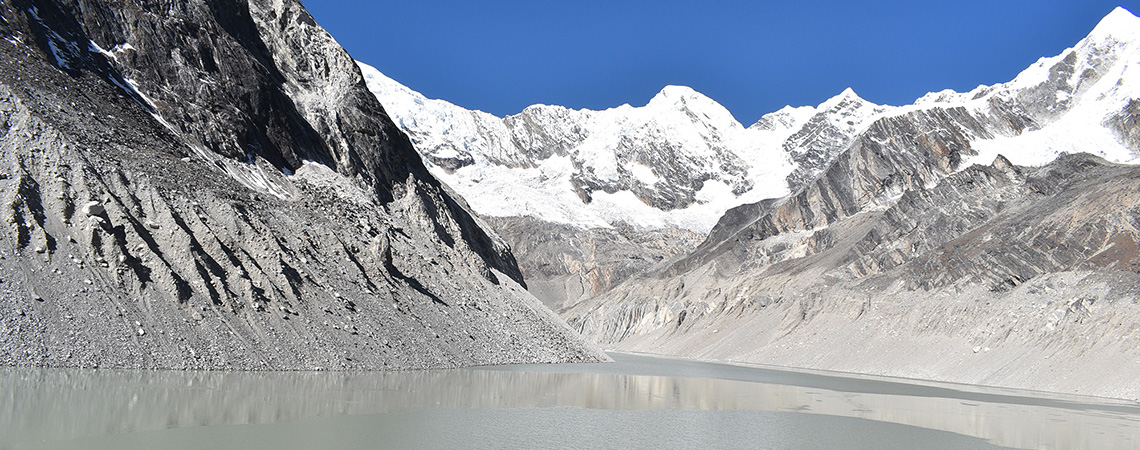
Photo:
Nepal’s rapidly warming Himalayan region is experiencing an increased risk of glacial lake outburst floods (GLOFs), driven by accelerated glacier melt, intense rainfall and unstable glacial lakes. The risk is especially acute at four high-risk lakes – Thulagi, Lower Barun, Lumding Tsho and Hongu 2 – where potential breaches could trigger devastating floods, landslides and economic losses. Marginalized groups, including indigenous peoples and women, are disproportionately vulnerable to these climate-induced disasters.
To address these risks, a new project – supported by $36 million in Green Climate Fund financing – will take a proactive, integrated approach to GLOF risk reduction. The project will lower water levels in the four priority lakes, implement early warning systems, and apply eco-engineering solutions to protect mountain ecosystems and downstream communities. It will also strengthen national and local capacity to plan for and manage future GLOF risks.
Spanning over 11,000 square kilometres, the project will deliver direct and indirect adaptation benefits to more than 2.3 million people. By embedding activities into national institutions and engaging public and private stakeholders, the project aims to ensure long-term sustainability and catalyze scalable, gender-responsive climate resilience across the region.
- Community
- Municipality
- District
- National
- Country Office
- National Governments
- Private Sector Partners
- United Nations Development Programme (UNDP)
Total beneficiaries 2,298,303 (385,956 directly; 55% women, 45% men)
- Government of Nepal
- United Nations Development Programme (UNDP)
- Green Climate Fund
Expected outcomes
Output 1. Institutional and technical capacity strengthened to develop and integrate climate risk and hazard information into planning and development
Output 2. Improved hazard monitoring and the generation of early warnings, including the dissemination of early warnings to local communities and important economic sectors leading to reduced economic loss and loss of human lives from GLOF events
Output 3. Reduced probability of GLOF events and flash floods, through disaster risk reduction measures implemented in priority glacial lake watersheds
- Image
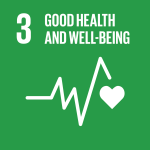
- Image
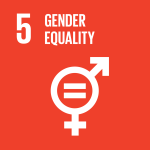
- Image
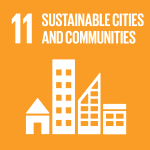
- Image
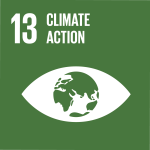
- Image
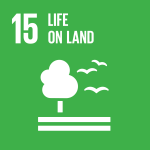
Nepal’s mountainous regions are increasingly vulnerable to glacial lake outburst floods (GLOFs), driven by the rapid retreat of glaciers due to climate change.
Since the 1970s, the country has experienced 26 GLOF events, with projections indicating a rise in both frequency and intensity under future climate scenarios. GLOFs trigger severe flooding, landslides and mudflows, threatening lives, infrastructure, agriculture, tourism, and hydropower—vital sectors for Nepal’s economy. Economic losses from a single event can exceed US$100 million, and 47 glacial lakes are currently classified as potentially dangerous. Among them, four—Thulagi, Lower Barun, Lumding Tsho and Hongu 2—have been identified as urgent priorities for intervention.
Despite recognition of the threat, Nepal’s response to GLOFs has remained largely reactive and project-based, constrained by limited technical expertise, financial resources, and institutional coordination. Existing early warning systems do not extend to glacial lake monitoring, and watershed-level adaptation approaches have lacked sustainable funding and strategic investment.
This project aims to shift Nepal from reactive crisis response to proactive risk reduction. It will combine physical risk reduction—such as lake-lowering interventions and eco-engineering flood defenses—with strengthened early warning systems and institutional capacity-building. It also focuses on improving climate risk information, community preparedness, and gender-responsive adaptation planning. Through partnerships with government, civil society, and the private sector, the project will support long-term, scalable solutions to reduce the risk of GLOFs and protect the most vulnerable.
Output 1. Institutional and technical capacity strengthened to develop and integrate climate risk and hazard information into planning and development
Activity 1.1. Strengthen the knowledge base and technical capacities for improved climate research and risk reduction strategies
Activity 1.2. Develop public-private partnerships for sustainable investment in GLOF and flood risk information services
Output 2. Improved hazard monitoring and the generation of early warnings, including the dissemination of early warnings to local communities and important economic sectors leading to reduced economic loss and loss of human lives from GLOF events
Activity 2.1. Improve observation network density in GLOF watersheds to strengthen the technical capacity of DHM for the monitoring of climate hazard and risk
Activity 2.2. Develop and implement early warning systems planning to strengthen adaptive capacity and response to GLOFs and other climate hazards in vulnerable sectors and communities
Output 3. Reduced probability of GLOF events and flash floods, through disaster risk reduction measures implemented in priority glacial lake watersheds
Activity 3.1. Lower the levels of four of the highest risk glacial lakes
Activity 3.2. Construction of structural and non-structural measures (civil and nature-based solutions/ bioengineering) for the risk reduction of GLOF and flash floods
Activity 3.3. Implement eco-disaster risk reduction solutions to reduce the impact of GLOFs and flash floods
Project-level monitoring and evaluation will be undertaken in compliance with the UNDP Programme and Operations Policies and Procedures (POPP) and the UNDP Evaluation Policy.
The Project Manager; Monitoring, Evaluation and Training Specialist; and Gender and Social Inclusion Specialist, under the oversight of UNDP as the Accredited Entity, will be responsible for monitoring the progress of all project activities against outcome-based indicators. They will ensure timely reporting of any challenges, facilitate corrective actions, and uphold transparency and accountability.
Annual Performance Reports (APRs) will be submitted to the Green Climate Fund, the Project Board and other stakeholders, using data collected through regular monitoring and gender-disaggregated indicators.
The project will include a performance monitoring framework and specific means of verification to assess progress toward GCF-level impacts and project targets. Milestone evaluations – at baseline, mid-term, and closure – will help validate results. UNDP will manage both the Interim (mid-term) and Final Evaluations, contracting independent consultants to assess the project’s relevance, effectiveness, efficiency, impact and sustainability. Findings from these evaluations will inform project adjustments and will be shared publicly via the UNDP Evaluation Resource Centre.
UNDP Nepal will retain all M&E records for this project for up to eight years after financial closure to support ex-post evaluations.
Karma Rapten | Regional Technical Advisor – Climate Change Adaptation, UNDP | karma.rapten@undp.org
